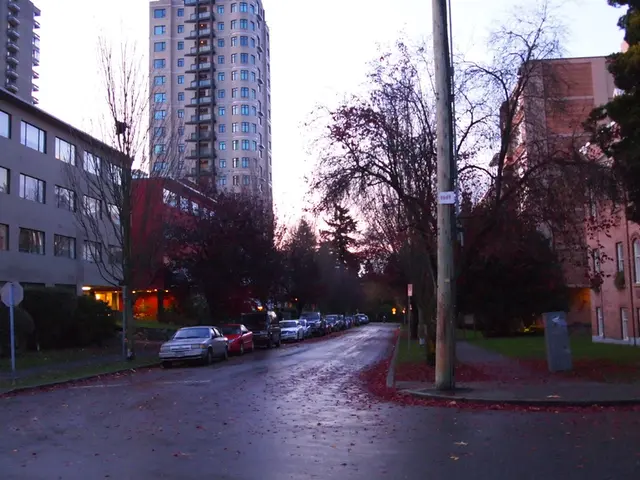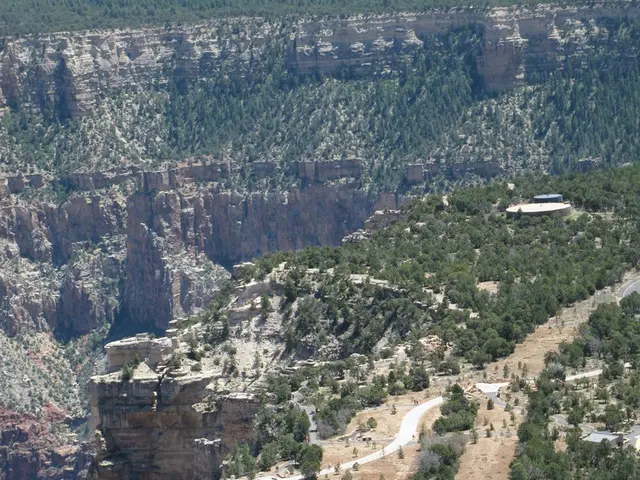Ancient marvel Babylon now tells a distinct, modern tale
In the heart of Iraq, nestled along the banks of the Euphrates River, lies the ancient city of Babylon - a UNESCO World Heritage Site and a testament to the rich history of Mesopotamia. Once the jewel of the region, Babylon has seen its fair share of glory and hardship over the centuries. The city, which gave its name to entire eras, including the Old, Middle, and New Babylonian periods, was rebuilt and restored by Nebuchadnezzar II, who ruled in the 6th century BC. He constructed colossal temples and palaces, including the Etemenanki ziggurat, believed by some to have inspired the biblical Tower of Babel. However, the city's history took a tumultuous turn in the 21st century. After the US-led invasion in 2003, American forces established a base in Babylon, converting Saddam's palace into their headquarters. This occupation caused significant damage to the site, with the impact still visible today in the form of graffiti and damage on the palace interiors. In an attempt to embed his presence in the city's ancient narrative, Saddam Hussein undertook an ambitious reconstruction of Babylon in the 1980s, rebuilding entire walls and constructing a massive palace. However, the reconstruction project was more of a propaganda effort, with Arabic calligraphy etched into the walls during the reconstruction not containing verses of scripture but Saddam's stylized initials. Since 2019, the German Archaeological Institute (Deutsches Archäologisches Institut, DAI) has been involved in Babylon for the restoration of parts of the old town and the investigation of the Ninmakh temple. Meanwhile, the International nonprofit World Monuments Fund has been carrying out conservation work on parts of Babylon. The city's survival today depends on fragile efforts, including four cleaners with brooms, guides weaving stories, and archaeologists pleading for resources. Raed Hamed Abdullah, head of the Ministry of Culture's Antiquities and Heritage Directorate in Babylon, hopes the Iraqi government will allocate sufficient funds to care for the site. Despite the challenges, Babylon continues to attract visitors. In 2024, the city saw 49,629 visitors, of whom 5,370 were foreigners. Italian tourist Gianmaria Vergani, after visiting Babylon, appreciated the kindness and helpfulness of the Iraqi people in addition to the city's beauty and history. 22-year-old tour guide Hussein Hashem, born and raised in Babylon, uses his knowledge and language skills to promote the city and Iraq to tourists. He urges visitors to respect the ruins and not leave litter or carve their names into ancient stone. One of the most intriguing aspects of Babylon's history is the Hanging Gardens, a lush paradise of terraced greenery, commissioned by Nebuchadnezzar II for his queen, Amytis. Iraqi archaeologist Amer Abdulrazzaq believes the Hanging Gardens were located at a sprawling archaeological site on the shores of the Euphrates river, near the city of Hillah. As Babylon continues to struggle, efforts to preserve and restore the city are ongoing. The future of this ancient city remains uncertain, but its resilience and the dedication of those working to protect it offer hope for its continued survival.






